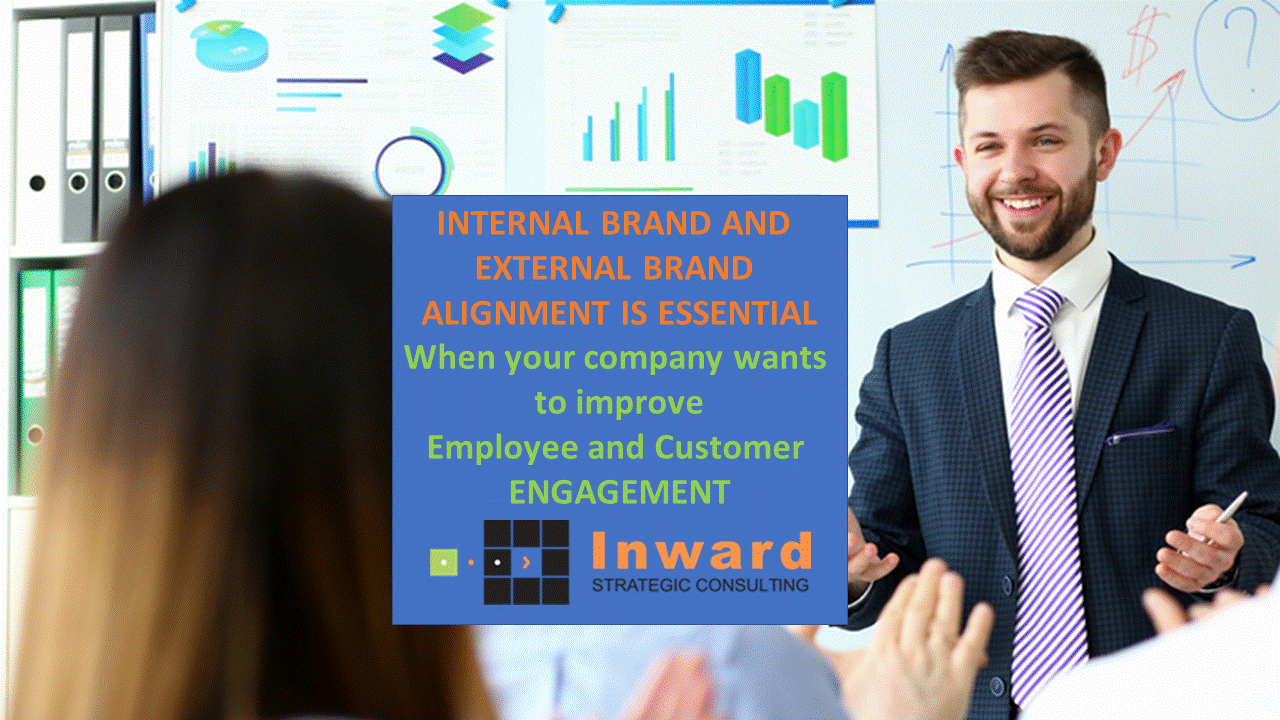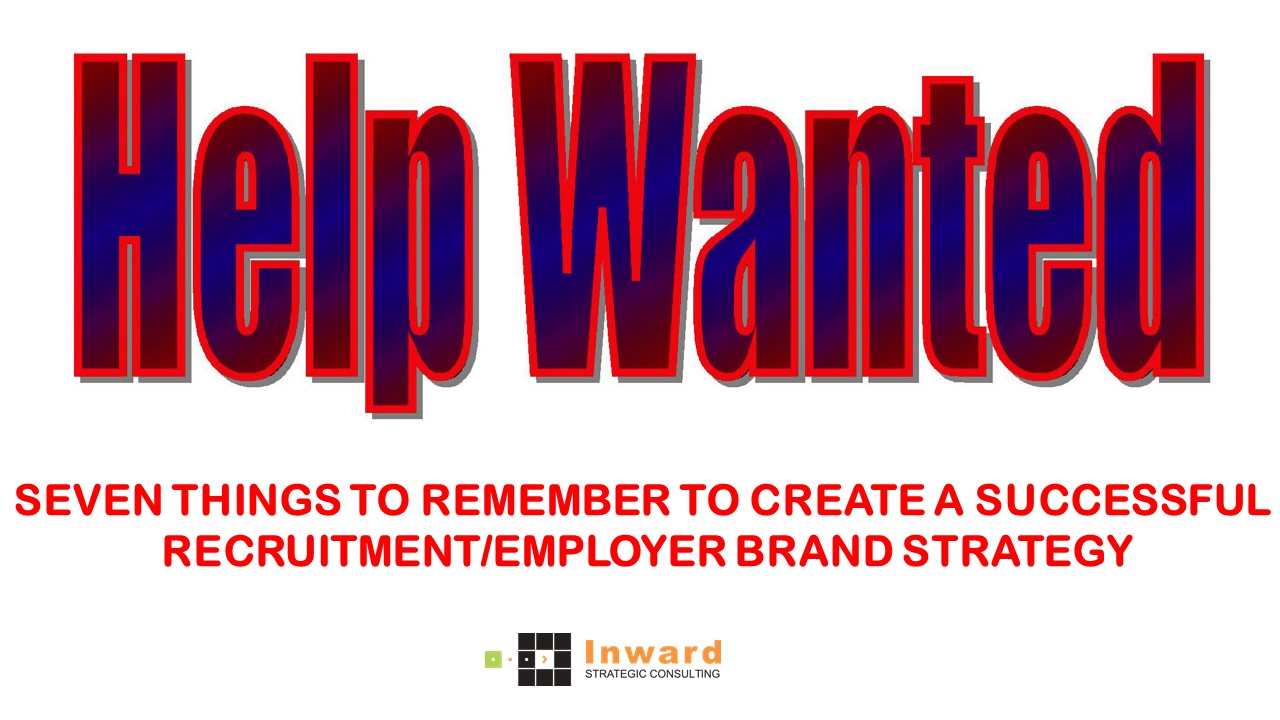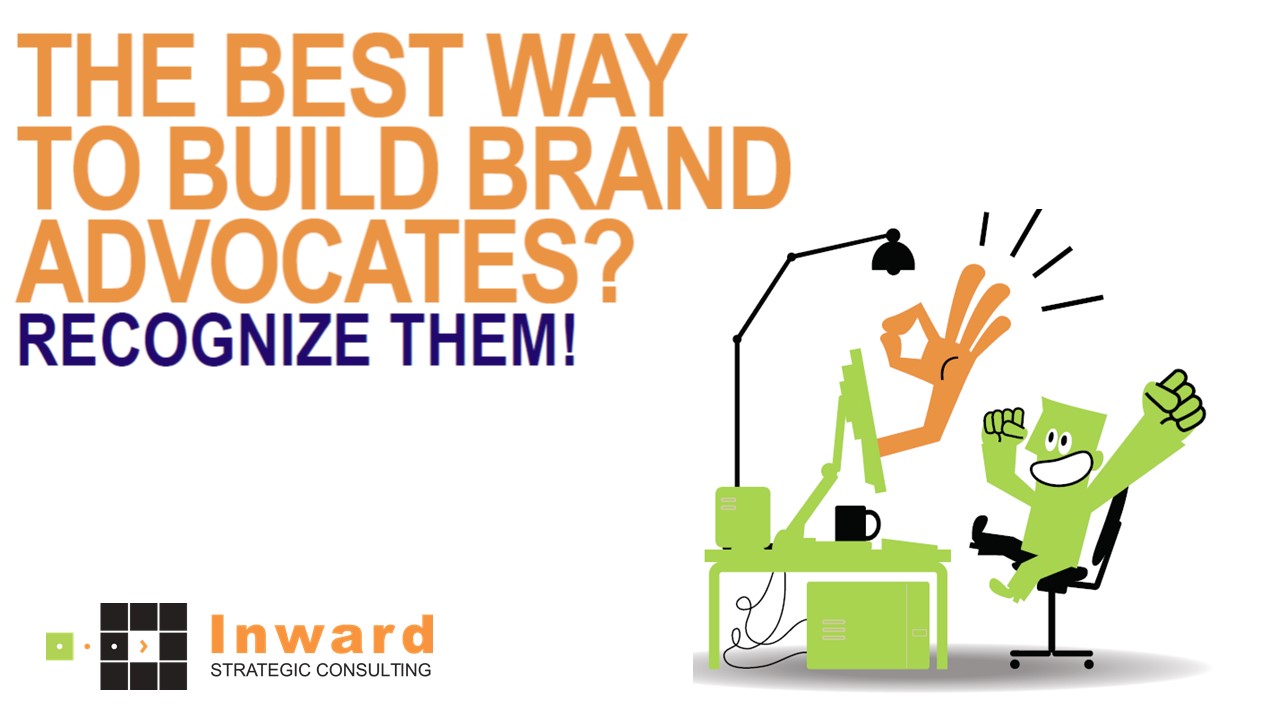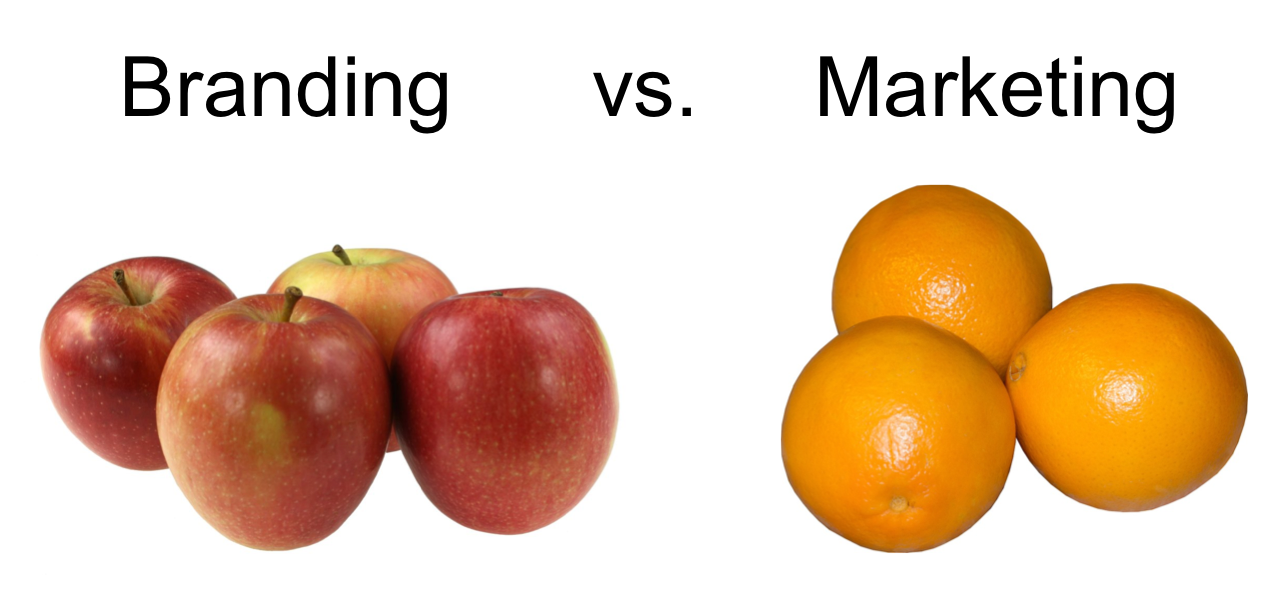Inward Blog
Viewing entries tagged with 'branding'
Customer Experience & Employee Engagement - Aligning and Merging Functions
June 17, 2019
What do you think?
Posted by Allan Steinmetz at 12:00am
#customerexperience, #INTERNALBRANDING, #EXTERNALBRANDING, #Inwardconsulting, #employeeengagement

INTERNAL/EXTERNAL BRAND ALIGNMENT - WHAT YOU NEED TO KNOW
May 1, 2019
Employee and Customer ENGAGEMENT
Posted by Allan Steinmetz at 12:00am
#INTERNALBRANDING, #EXTERNALBRANDING, #Inwardconsulting, #employeeengagement, #purpose
INTERNAL/EXTERNAL BRAND PERCEPTION
April 4, 2018
Is your brand image aligned with your employee’s perception of the company?
Posted by Allan Steinmetz at 12:00am
Internal branding, external branding, employee brand engagement, brand alignment, employee engagement, employee perceptions, workforce productivity, 10 easy things companies can do to improve internal/external brand perceptions, employee experiences ranked poorly in comparison to brand perceptions
Four stages of creating an effective Brand Ambassador program
January 17, 2018
It has been quite some time since I have addressed the topic of employee advocacy and brand championship. Having a brand ambassador program and promoting brand advocacy within an organization is a marketing imperative and necessity.
Posted by Allan Steinmetz at 1:00am
brand ambassadors, brand champions, branding, advocacy, retail branding, internal buy-in, customer facing marketing

Chick HERE to learn how to create a successful recruitment/employer brand strategy
August 29, 2017
We often get asked what the difference is between employment branding, recruitment, branding, talent branding and consumer branding. The fact is, they are very similar to each other.
Posted by Allan Steinmetz at 1:00am
Recruitment Branding, Employer Branding, Talent Branding, External Branding, recruitment advertising, social media recruitment, HR role in employer branding

Chick HERE to learn how to build employee brand advocacy through 3 types of recognition and reward
August 23, 2017
Have you ever wondered what motivates people these days? Bet you thought it was the golden carrot, right? But you are wrong – it’s being appreciated and recognized in a meaningful way
Posted by Allan Steinmetz at 1:00am
Employee Recognition, Brand advocacy, Internal Branding, employee rewards, Brand Ambassadors, Brand Champions THE BEST WAY TO BUILD BRAND ADVOCATES - RECOGNIZE THEM!

Top Five Insights For Employee Engagement In 2017
December 20, 2016
As we wind down 2016 and enter into the holiday season, Inward has compiled our top five most insightful and impactful posts from the past year. These thought leadership pieces cover a range of essential topics, including employee engagement, branding, onboarding, and communications, just to name a few. We hope you gain valuable tips and strategies from the following pieces.
Posted by Allan Steinmetz at 11:00am

Inward’s 18th Anniversary – 10 Commandments of Internal Branding, Culture, and Employee Engagement
October 25, 2016
It was 18 years ago that we first started building our own brand identity. At the time, many companies were conducting large-scale process redesign and reengineering programs. Reportedly, close to 50% of those programs were failing, and 80% of the credit was given to reasons related to company culture clashes. Our thinking? What could we do to help organizations deal with enterprise change, culture realignment and internal branding?
Posted by Allan Steinmetz at 11:00am
Employee Engagement, Internal Branding, Culture, Communications

There Is A Difference Between Branding And Marketing
July 26, 2016
I had a very interesting meeting last week with the COO of a major Fortune 100 company with revenues in excess of $5 billion and over 80,000 employees worldwide. The purpose of the meeting was to discuss how to "brand" the company and accelerate a new corporate strategy of growing revenue, entering new markets, increasing competitiveness, and becoming more distinctive.
It didn't take long for me to realize that there was quite a bit of confusion between "branding" and "marketing." The executive appeared visibly frustrated by his previous meetings with two large and traditional brand-identity firms who talked about identity standards, design continuity, and logos. He was clear about one thing: he liked the current logo and identity and wasn't about to change them. What he was looking for, however, was a process to unite his people behind a common vision and values. He also wanted "branding" to help accelerate business development.
Using our Dialogue Marketing approach, I explained the difference between branding and marketing. I was, however, left wondering why many other senior executives cannot make this distinction. I'd like to take a shot at clarifying the difference, and then explain how Dialogue Marketing unites these two distinct activities into a single, integrated process.
Branding vs. Marketing: is there a difference?
I went straight to the internet and found several different definitions for branding and marketing. The best definition for a brand, I thought, was from Wikipedia:
A brand is the symbolic embodiment of all the information connected with a product or service. A brand typically includes a name, logo, and other visual elements such as images or symbols. It also encompasses the set of expectations associated with a product or service which typically arise in the minds of people. Such people include employees of the brand owner, people involved with distribution, sale or supply of the product or service, and ultimate consumers.
Defining marketing was not as easy. I found definitions that covered the gambit from advertising to a planning process to sales development and beyond. No wonder an executive who does not have day-to-day responsibilities for marketing is confused! Is marketing at a trade show branding? Is launching a new product or web site branding? The answer could easily be yes for most people, but there is a distinction that we must keep in mind.
Since I wasn't able find a good definition for marketing, I am providing the one we use here at Inward Strategic Consulting:
Marketing is a process of planning and identifying the needs and wants of a target market and meeting them through a series of integrated tactical activities. Pricing, product features, distribution/selling, advertising/PR/promotions, and retailing are all part of marketing. Its goals are to outperform the competition, create demand, and maintain customer loyalty.
Now the distinction between the two definitions is clear. Branding deals with the look, image, tone, and manner of the company and its products and services. Marketing is about communicating the company's brand through a planned series of integrated promotional and sales activities. It really is that simple. So why the confusion?
Branding companies, PR firms, and management consultants muddy the waters
Over the years, as definitions and activities have become blurred, people have come to see branding and marketing as the same thing.
One factor that has contributed to the confusion is the way that business has changed. A big part of the problem is our marketing and communications profession, with its zeal to grow revenue, develop client relationships, and expand business. The branding firms have extended their activities beyond creative identity, reputation management, and design to manage trade shows, write collateral, and produce sales events and videos.
Advertising and public relations firms, in addition to designing ads, logos, and tag lines, are entering new fields: interactive employee engagement, guerilla marketing, and analyst relations. Some of them even compete with their sister brand agencies. It would be in the best interests of their clients to integrate their talents and capabilities, but they are all too busy morphing into amalgamated communications companies.
Then there are the management consulting firms, all about process improvement, measurement, and accountability. They claim to understand and care about the difference between good and bad branding-and certainly have strong opinions if you disagree with them. But they do view branding as a matter-of-fact rather than a creative process. They measure everything, applying marketing econometrics and analytics to project customer differentials and the inclination towards improved market performance and acceptance. (Did you have to read that sentence twice to understand what it is they do?) They have process maps, formulas, and models. Boy, do they have models!
To management consultants, branding is a marketing process and marketing is a sales process. They, too, have contributed to the blurring of brands and marketing.
Dialogue Marketing makes it clear again
At Inward we believe that it is time to return to clear definitions of branding and marketing. While we acknowledge and reinforce that they are distinctive and different, we do need to recognize how and when they work together. What we need is an integrated approach. Here it is:
Branding creates a reputation, a look and image, a tone and manner, even an attitude that makes the company stand out to customers. Marketing launches that identity through sales, with an integrated plan of activities designed to reach the company's objectives.
These two distinct activities are unified in a single process we call Dialogue Marketing:
Dialogue Marketing establishes brand architecture and maintains communication with the customer throughout the lifecycle of the relationship. The process starts by building awareness. It continues with one-to-one dialogue and incentive marketing or closing the sale. Relationship marketing maintains customer loyalty with special communications and deals.
There are two parts to the Dialogue Marketing process: establishing the brand followed by marketing and sales development.
Part 1: Establishing the brand
Posted by Allan Steinmetz at 1:00pm
Branding, Marketing, Employee Engagement, Dialogue Marketing

My Ten Key Takeaways from the ALI Conference on Brand Engagement
April 29, 2016
I just returned from an Advanced Learning Institute (ALI) conference in Scottsdale, Arizona, on Strategic Internal Branding. As usual, ALI did an outstanding job of lining up some great speakers and presentations and participants were able to attend four hands-on workshops on the first day. Inward kicked the meeting off with a workshop on implementing an effective internal branding process that drives employee engagement and exceptional performance. So after this two hour presentation, I was able to spend quality time listening to other workshops and presentations and learning from others.
Posted by Rick DeMarco at 8:00am
